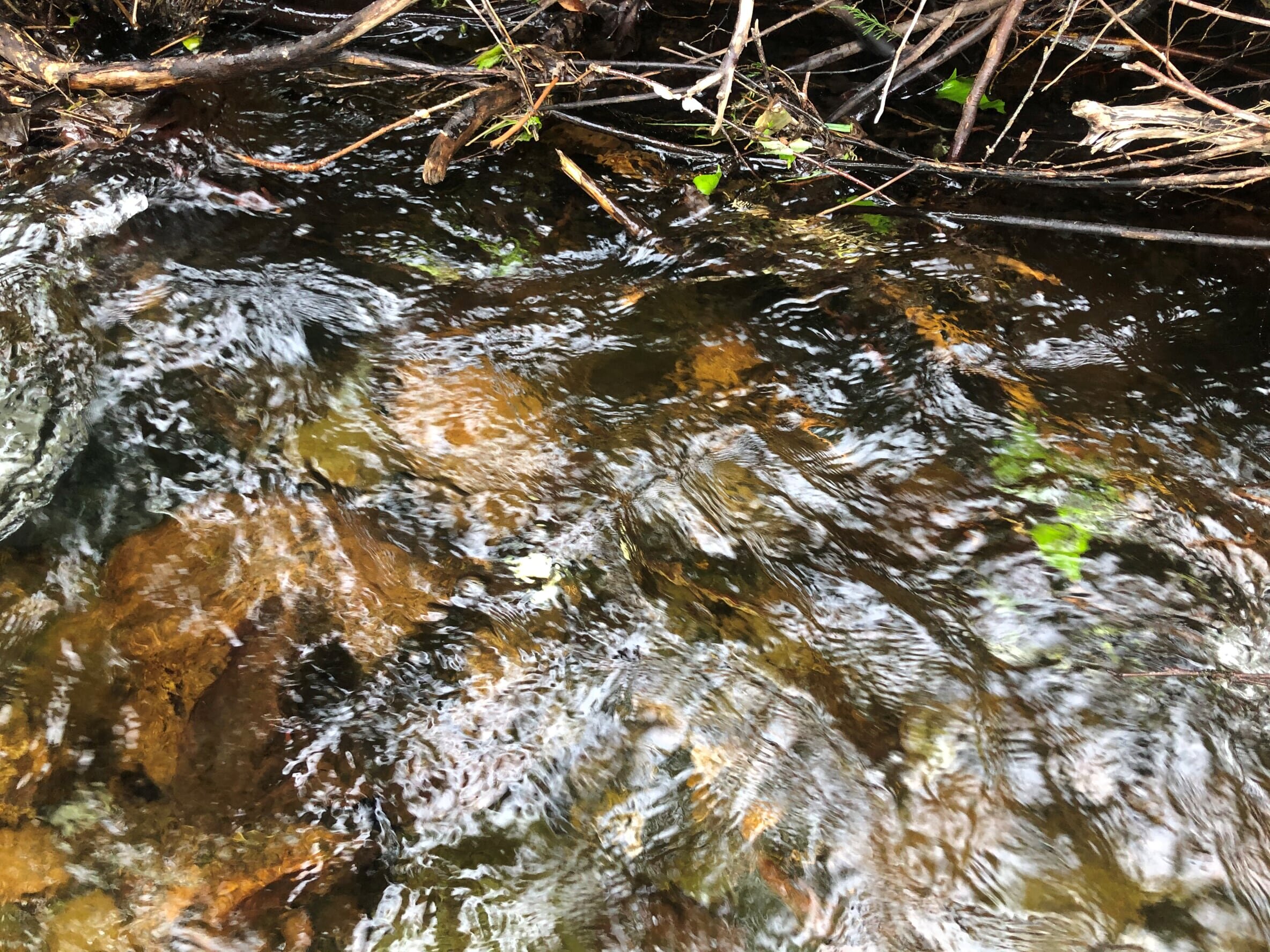
Invasive Species
In Nova Scotia, there are two freshwater fish species that are considered invasive. An invasive species is a species that is not native to an area and that causes ecological or economic harm. In NS, Chain Pickerel and Smallmouth Bass meet this definition. Some argue that Brown Trout and Rainbow Trout also meet this definition for their impact on our native Speckled (Brook) Trout though they have not been officially designated as such.
Smallmouth Bass (Micropterus dolomieu) were introduced into Nova Scotia by the government in 1942 to bolster sport fishing. Chain Pickerel (Esox niger) were illegally introduced in 1945 by fishermen who presumably did not know the potential damage that these fish could cause to our native trout. Since their introductions, these two species have successfully established themselves and spread both naturally and with the aid of unknowing or unscrupulous fishermen, to numerous lakes and streams, especially in the southern and western parts of the province. These two species have had tremendous impact on the native salmonids wherever they have been introduced as they are voracious predators that eat juvenile salmon, trout, and whitefish as well as many of the other small fish that our native species depend on for food. Research into invasive species has determined that once they have become established invasive species are almost impossible to eradicate, therefore the province has established a dual strategy for dealing with these species. Where they are established, they are being managed as a sportfishery and contained. In areas where they have not been established, efforts will be made to either prevent their introduction and/or eradicate new introductions. For more information contact Nova Scotia Department of Fisheries and Aquaculture, Inland Fisheries Division.
Smallmouth Bass
Smallmouth Bass are found in clear, cool waters of lakes and streams, although by comparison they are more warm water tolerant than many of our native species. Although they can tolerate faster moving water their preference is for slower still waters and lakes. Smallmouth Bass live exclusively in freshwater with spawning taking place on gravelly shoals in the spring. Male smallmouth aggressively guard their nests until the young fry are older enough to disperse and have even been known to attack snorkelers who get to close. During the summer and into the fall Smallmouth Bass will forage for invertebrates and fish, either staying in a productive area or migrating many miles a day in search of food. Smallmouth will overwinter in deeper waters essentially entering a near hibernation like state.
Chain Pickerel
While Chain Pickerel can be found in a variety of freshwater habitats, they prefer calm, slow-moving, clear waters. An ambush predator they will usually be found in the shallows associated with some type of cover such as woody debris or aquatic vegetation. Juveniles will spend all their time in this type of habitat while adults tend to spend the day at depth before moving to the shallows to feed between dusk and dawn. Chain Pickerel typically spawn in the early spring among shallow aquatic vegetation. It takes between 1-4 years for pickerel to reach sexual maturity. Females can lay up to an astounding 50,000 eggs, although 6,000-7,000 is more typically.
